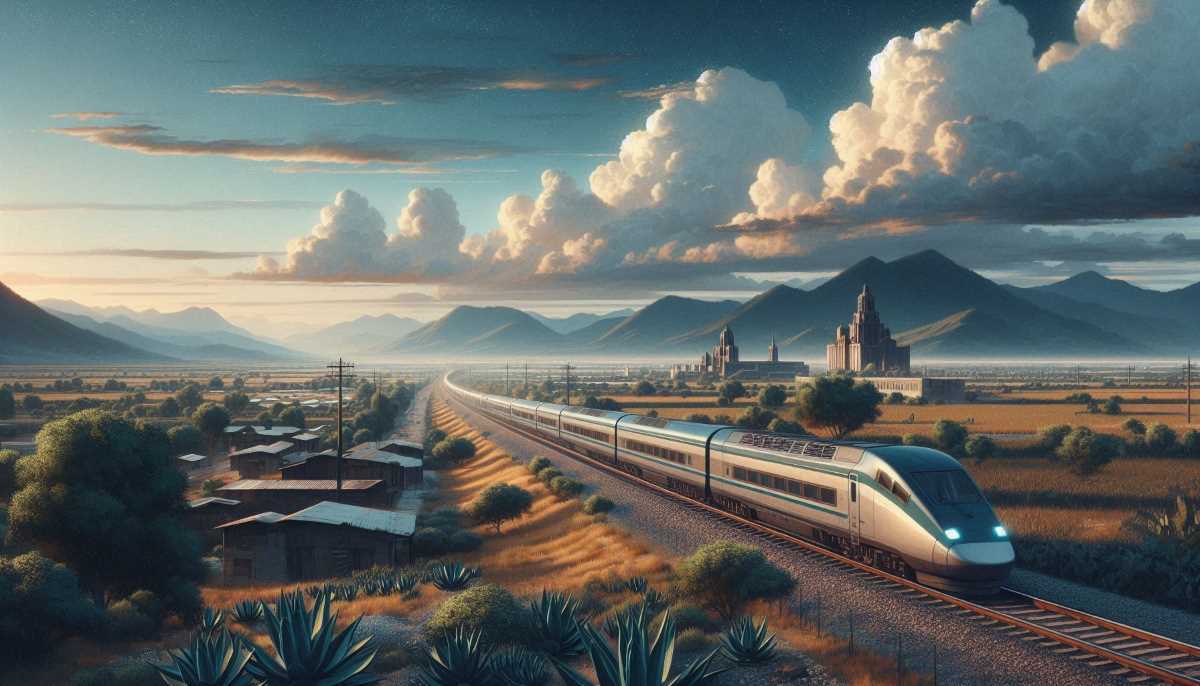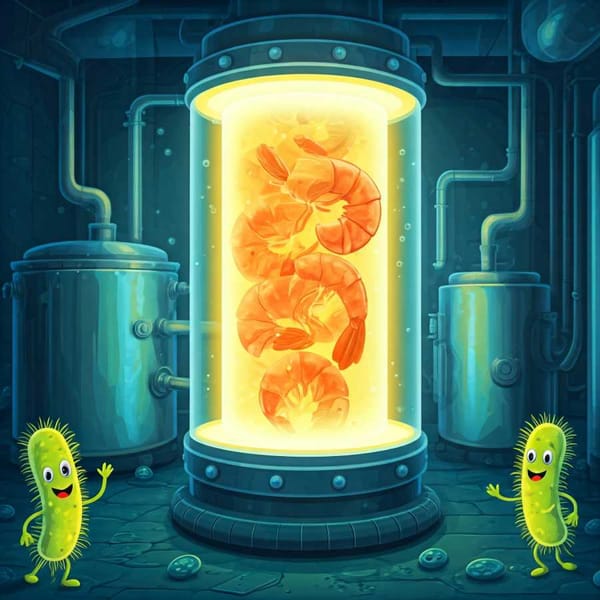Mexico-Querétaro Train to Connect Capital with Querétaro by 2029
The Mexico-Querétaro train project, cancelled during Peña Nieto's government, is set to be revived under Claudia Sheinbaum's leadership. The project will enter its technical analysis phase this year, with the goal of starting operations in 2029.

Trains. Glorious, magnificent, utterly impractical trains. The Mexico-Querétaro railway, cancelled a decade ago, has found itself back in the spotlight, resurrected from the abyss of bureaucratic despair. You see, trains, unlike politicians, always have a way of bouncing back. And in Mexico, they bounce back with a particular kind of flair. After the scandal involving the "White House" (not that White House, mind you) derailed the original plans under former President Enrique Peña Nieto, Claudia Sheinbaum has stepped up to the plate, determined to prove that her government can lay down some serious tracks.
Sheinbaum, Mexico's newest train enthusiast-in-chief, has decided that the nation's army, the Ministry of National Defense, or Sedena if you're feeling bureaucratically frisky, will be her primary ally. This makes sense, doesn't it? Nothing quite screams efficient public transport like putting the army in charge. Just imagine, military precision applied to a train schedule. Will the train leave at 9:00 AM sharp? Absolutely. Will there be tanks on board? Possibly.




